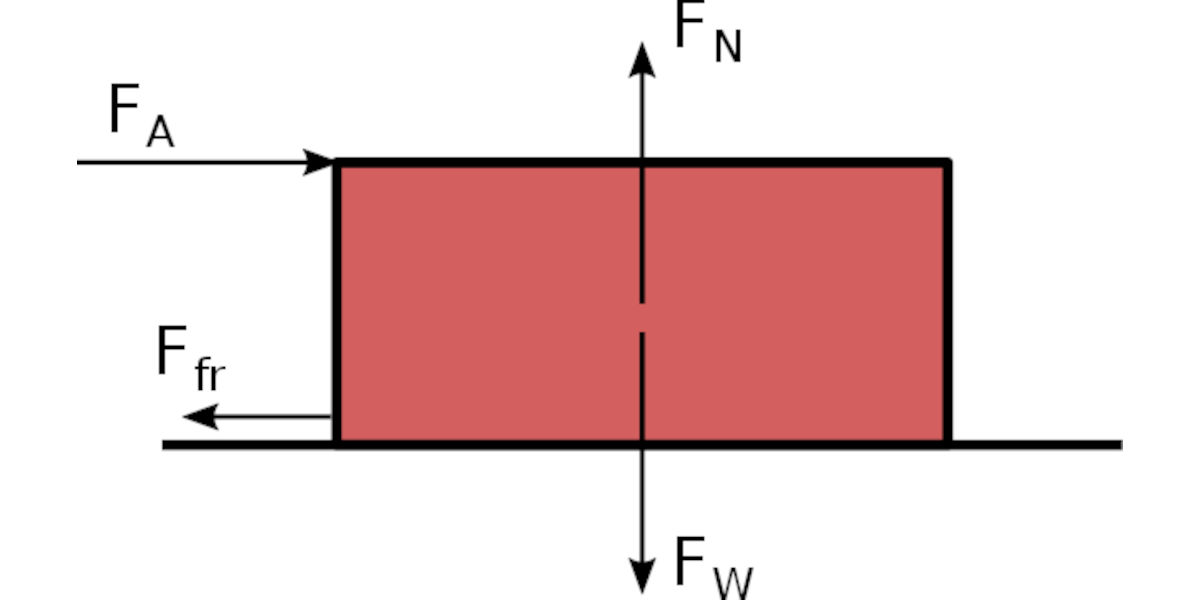Ever since the overwhelming ‘Eureka!’ moment of Archimedes, humanity’s understanding of physics and its ensuing forces has led to profound breakthroughs in both everyday living and remarkable technological strides. An element of physics that’s ubiquitously present, yet often overlooked, is friction. Predominately, it's the force that resists motion when two surfaces are in contact. This article delves into The Science of Friction, together with Applications of Friction in Daily Life and delves into the debatable topic, Can Friction Be Completely Eliminated?
The Science of Friction: A Sneak Peek into the Gripping Mechanics
The science of friction is a fascinating one, rooted in principles of physics and material science. Simply put, friction refers to the resistance that one surface or object encounters when moving over another. But then, what's on the inside of this resistance? The answer lies in the intrinsic properties of the materials involved, and their intermolecular forces playing together.
Surface roughness is one such property that significantly impacts the friction between two entities. Here’s a practical illustration; you will find it much harder to slide a book across a rough, carpeted floor than a smooth, hardwood one. The reason lies in microscopic irregularities on the surface of the carpet, causing more resistance, and therefore, more friction.
Another significant factor determining friction is the nature of the substance itself. Different substances, due to their unique intermolecular forces and surface properties, exhibit varying degrees of friction. This principle is crucial in the engineering and material science fields where specific materials are selected for construction, bearing in mind their frictional characteristics.
But is friction only surface-deep? On the contrary, it's a multi-dimensional phenomenon, with internal friction - also known as viscosity - playing an equally essential role. Viscosity is what causes resistance in fluids. When you try to swim, the water resists your effort with its viscous properties. Hot syrup, for instance, flows more freely than cold syrup due to reduced internal friction at higher temperatures. This demonstrates that the state of the matter (solid, liquid, or gas), and its internal properties also profoundly impact the overall frictional force.
Applications of Friction in Daily Life: The Good, the Rough, and the Grating
In the world of physics, friction always wears a gray hat - it's neither a villain nor a hero. It is adverse when it leads to energy loss or wear and tear, but it’s also a necessity for our day-to-day activities. We constantly rely on friction to walk, write with a pencil, or even light a match. The grip on our shoes, the rubbing of the pencil lead on the paper, the striking of the match against a rough surface, all involve, at their heart, the application of friction.
In addition to household scenarios, friction is instrumental in the functioning of various tools and machinery. From the braking systems in vehicles to the simple turning of a screw, friction is the unsung hero enabling these mechanisms to work effectively.
Previously, we started bounding into the compelling and surprisingly complex world of friction. We analyzed the basic principles of what friction is, explored its different types, and even took some time to appreciate its role in our everyday lives. As we continue this exploration, let's delve more into the fascinating science behind friction and its significance to different fields of study.
Friction at a Microscopic Level
On a microscopic level, friction is the result of the interaction between the irregularities of two surfaces coming into contact. When these surfaces are in relative motion or tend to move, the surface irregularities oppose this motion, thus resulting in what we feel and describe as friction. While in the macroscopic world friction seems to be a simplistic force, a deeper look reveals an intricate interplay of forces that altogether manifest the phenomenon.
This process involves a myriad of intricate scientific concepts like adhesion, deformation, and intermolecular forces, which makes studying friction quite an interesting task for scientists, engineers, and researchers around the world. Furthermore, the frictional force greatly depends on the contact geometry, material, and environmental conditions such as moisture, temperature, and pressure.
Friction: A Crucial Player in Different Fields
Stepped into the significance of friction, it leverages a meaningful role in various fields such as engineering, physics, geology, biophysics, and even sports science. In mechanical engineering, for instance, it grants reliable control over automobile brake systems. Manufacturers design tires with special patterns to enhance traction by increasing the frictional force between the tire and the road surface. In Artificial Intelligence, researchers are creating robots that can closely mimic human locomotion again due to successful manipulation of frictional forces.
Friction in Earth Sciences
In the realm of Earth Sciences, particularly geology, understanding and studying friction is of paramount importance. It plays a key role in the formation of geological features like mountains through the tectonic activities and frictional forces between the Earth’s lithospheric plates. Furthermore, it’s behind the destructive force of earthquakes. Precision in predicting tectonic movements and hence earthquakes can potentially be achieved with improved models and understanding of friction.
Controlling Friction: A Double-edged Sword?
While the merits of friction are countless, under certain circumstances, it can also be a disruptive force. In machinery, excessive friction leads to wear and tear, reducing the lifespan of mechanical parts. Significant energy is lost as heat due to friction, leading to efficiency reduction. To counter these negative impacts, various techniques such as lubrication, polishing, and employing low friction materials are used.
However, we must remember, controlling friction is a double-edged sword. While reducing friction can increase the efficiency of a machine, it can also lead to loss of control. Thus, a balance needs to be drawn, and it is this delicate balancing act that makes the science of friction awe-inspiring.
In conclusion, friction, the slippery force, is a crucial element that embellishes our understanding of the whims of nature. It not only brings a practical functionality to our everyday lives but also opens pathways to new scientific inquiries and advancements.




